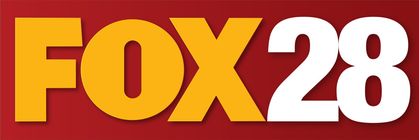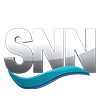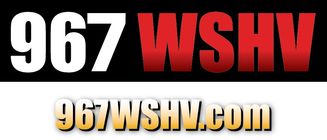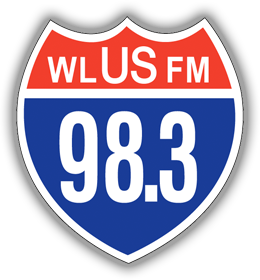It is the age of virtual reality, remote working, and digital services. This makes many think that business cards are no longer helpful. Is this true? Not yet. Business cards are still a popular way of communication about a business, its product or service, and contact information. Business cards are still an effective marketing tool for small businesses. They are also still used widely for networking with other business professionals. Pegboard is a California-based company located in Bakersfield and has helped more than 10,000 happy customers. They provide custom printing, branded merchandise, apparel and products, and print and mail solutions. This article by Pegboard discusses how business cards are designed today and why they are still business-promoting tools.
Many believe that digital tools will never replace business cards. Business cards offer a personal connection and human factor that digital tools lack. A business card must be designed with a lot of thought, whether choosing a template or having it custom printed. Below are some points to consider when a business is choosing a business card.
1. Basic Details
It is easy to get cluttered with new technology, digital marketing platforms, and the influence of the latest design possibilities. But the basic information a business card must carry remains the same.
- Company Name and Logo
- Company Tagline or Slogan if Applicable
- Employee Name and Functional Job Title (Especially for small businesses, rather than a generic title, a functional job title may be better for clarity).
- Contact Information – the business number (can be a mobile number too), and business email of the employee.
- Company website, a few relevant social media handles
- Company website
2. Material
The material chosen for the card makes the first impression. Business cards usually follow a standard size and shape because they make them easily accessible. The material used for the card is something that some innovation can go into. Transparent and semitransparent plastic material is an option, but it is expensive and is not an environment-friendly choice. Good quality cardstock and paper are still popular. Business cards made from recycled paper can reflect a company’s commitment to the environment.
3. Consistent Style
The business card must be designed with the target audience in mind. If possible, the colors and images used should be associated with the industry or service of the business. The card should reflect the brand identity in its color scheme, typography, and logo. The look and feel must be similar across all platforms to make a brand or business identity apparent. For example, custom lanyards, business cards, and business stationery can all have the same logo and color scheme.
4. White Space
Business cards must be clear and concise, never cluttered. The card should have only essential information. Both sides of the card can be used. The space helps the tip stand out and makes it possible for the receiver to make a note on it. This will be more helpful in ensuring they have relevant information in a manner they relate to.
5. Technology
Technology can be used to enhance a business card. For instance, a QR code can redirect clients to a website, a social media handle, or an app. This allows a minimalistic, stylish business card to be custom printed. NFC (Near Field Communication) technology uses microchips in business cards to enable clients to access a website or app by placing their phone so tablets close to the business card.
Creative and Useful
Sometimes creative design can help cards stand out and create a visual recall of the business. It might be due to colors, images, or shapes that link it to service or product. Some business cards can have a tactile design. Laser-cut options or die-cut processes can be used to make exciting effects that keep business cards in the hands of potential clients longer. Business cards can even be designed to function as phone holders or paper clip organizers, or bottle openers.
Business cards are still a popular marketing tool. They are simple, easy to access, budget-friendly, and add an impression of professional legitimacy. They can easily be custom printed after a suitable design is chosen. Pegboard was launched in 1964 as a company that aided in-office accounting. Later as technology evolved, they started offering services like laser checks, business forms, and printing solutions. Today Pegboard is a company offering custom printing, print, mail, and branding services to clients near California, Central Valley, and Central Coast. They can be contacted on (661) 327-5861 for customized promotion through branded merchandise, apparel, and products.






















